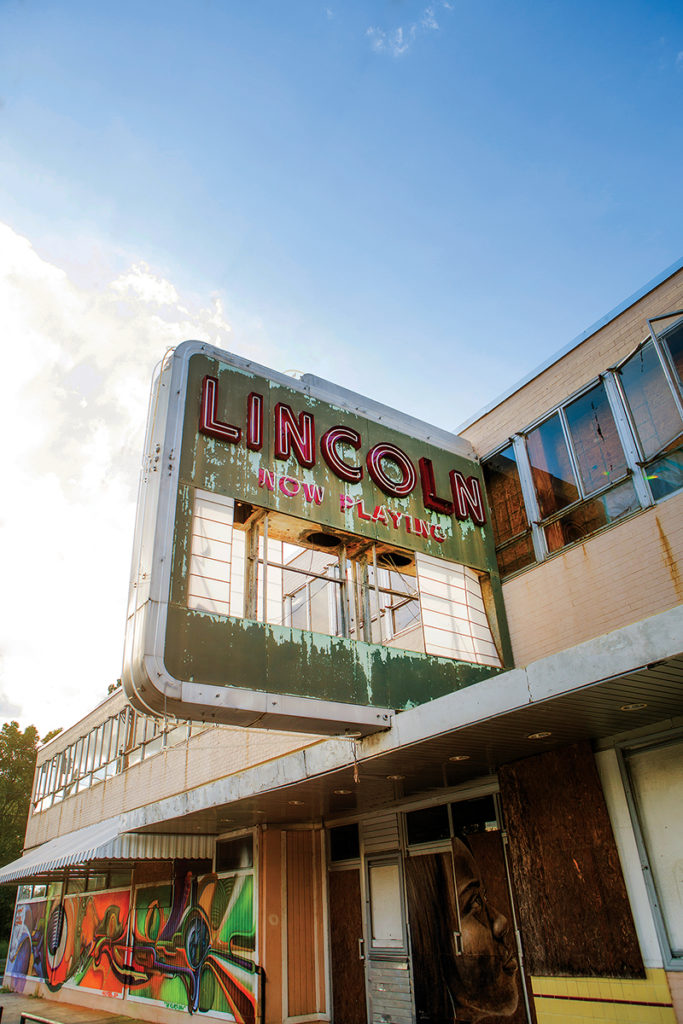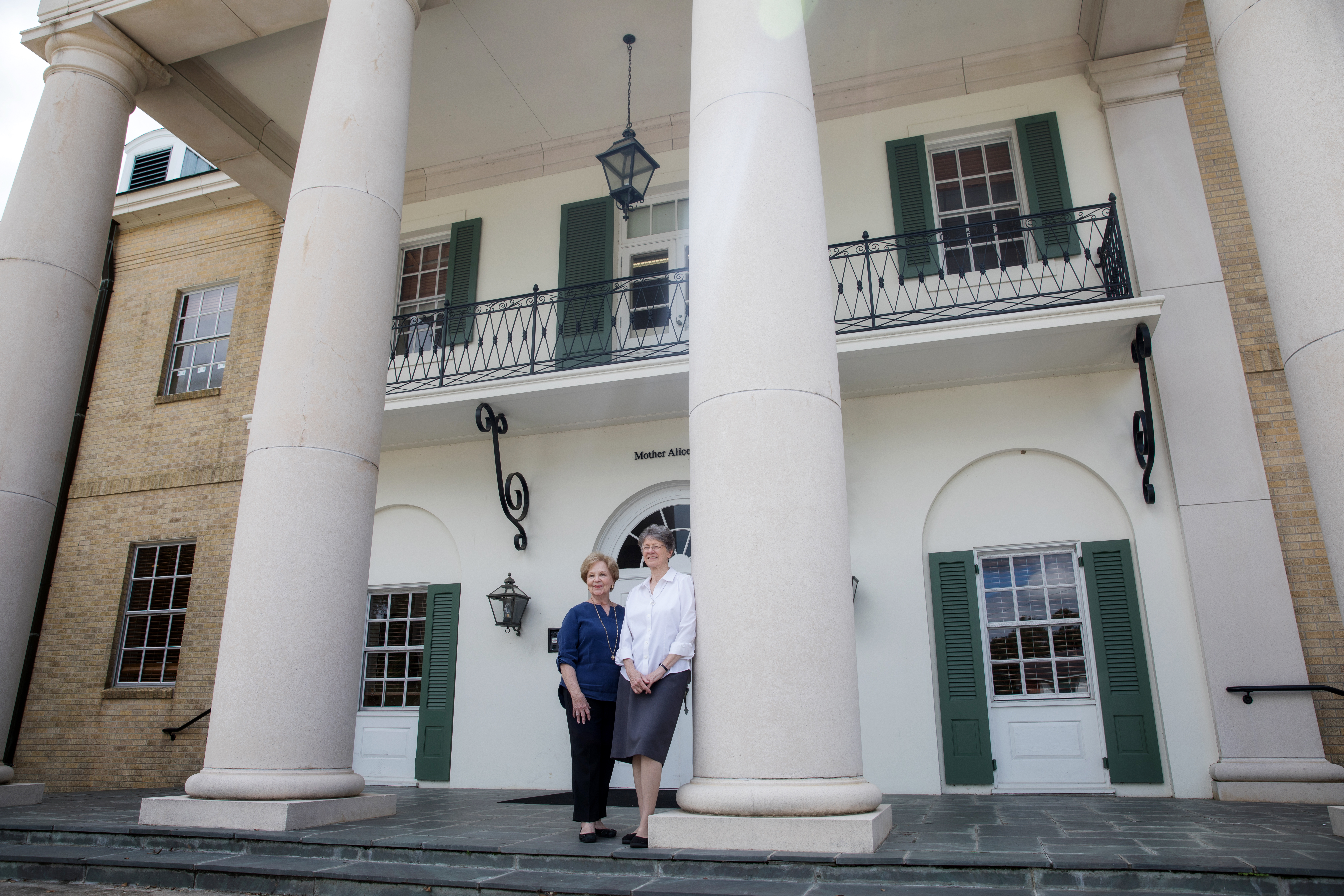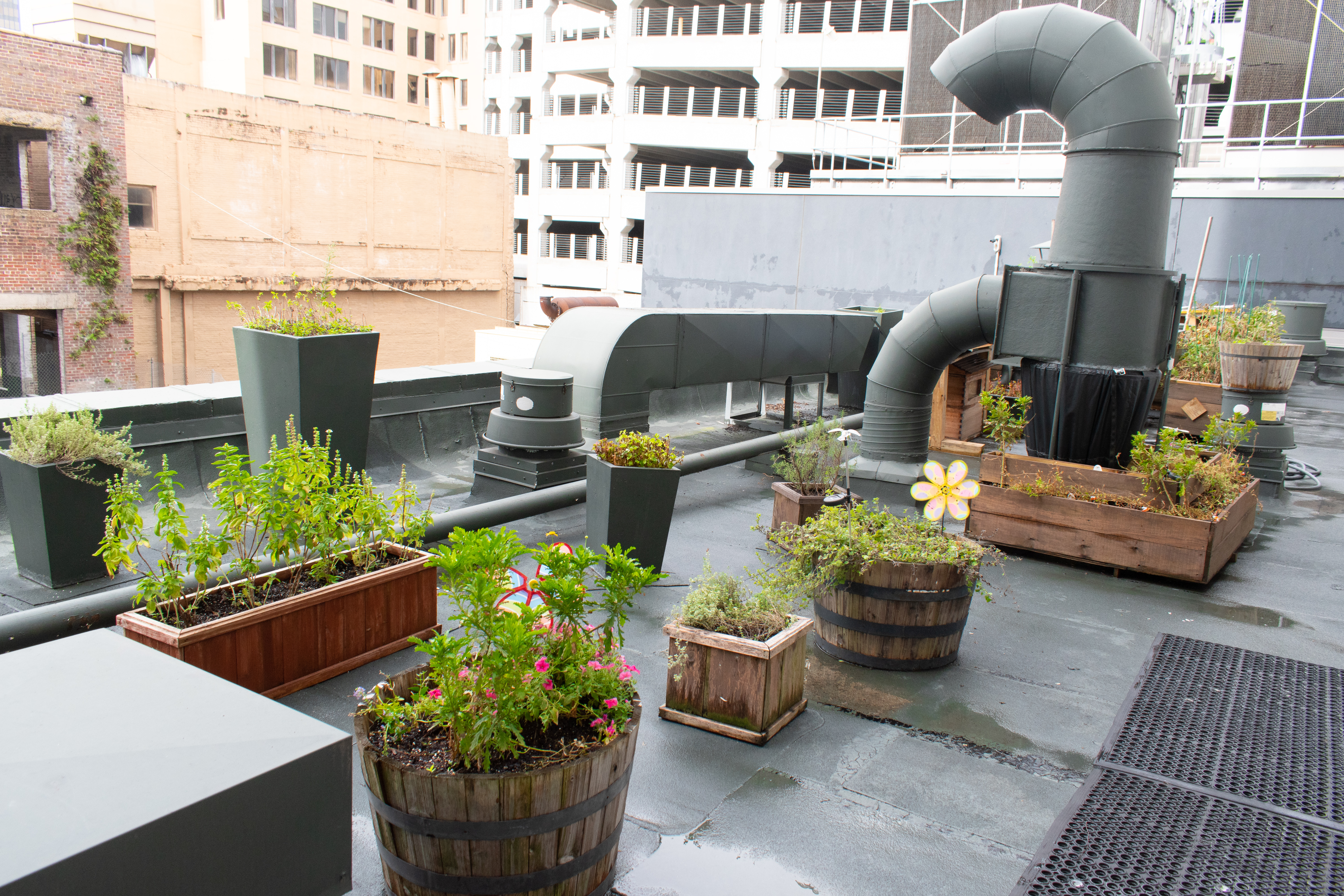Stroll through the streets of Baton Rouge and you’ll encounter a variety of history-making landmarks that bear witness to the city’s past. From elegant mansions to religious sanctuaries, these sites offer a glimpse into Baton Rouge’s evolution over the years.
Whether they’re known for their the architecture, spirituality or social history, Baton Rouge’s official historic landmarks have something to offer residents and visitors alike. Let’s embark on a journey to explore some of them here.
Dr. Leo S. Butler and Estelle Devall Butler Family Home
950 Lorri Burgess Ave.
|
|
|
The Dr. Leo S. Butler and Estelle Devall Butler Family Home stands as a testament to the lives and contributions of the Butler family, who played a significant role in shaping Baton Rouge’s history. Constructed between 1927 and 1928, this residence functioned as both the dwelling and medical practice of Dr. Leo S. Butler, a distinguished figure recognized as the “Dean of Black Physicians,” according to Baton Rouge’s government website. Visitors can admire the intricate details of the house’s design and gain insights into the lives of the people who once called it home.
View this post on Instagram
Old Governor’s Mansion
502 North Blvd.
A visit to the Louisiana Old Governor’s Mansion offers a glimpse into the political history of Baton Rouge. This stately 1930s mansion once served as the official residence of the state’s governors and witnessed important political decisions and events. The mansion’s architecture and interior design reflect the opulence of its era, providing visitors with a fascinating juxtaposition of past and present.
Longwood Plantation
Longwood Plantation Road
Step back in time and immerse yourself in the antebellum era with a visit to Longwood Plantation. The sprawling grounds and well-preserved structures offer a glimpse into the world of Louisiana’s plantation history. The site allows visitors to understand the complexities of plantation life, from opulent luxury of the main house to threadbare quarters for enslaved peoples. Longwood Plantation serves as a poignant reminder of the region’s past, encouraging reflection on the socio-economic and racial dynamics that shaped the area. It is thought that Longwood Plantation was erected in 1785. The dwelling stands as a two-story exemplar of Greek Revival architecture, adorned with four Doric columns that lend their support to the dual front porches.

Lincoln Theater
1305 Myrtle Walk St.
Closed until further notice
The Lincoln Theater stands as a testament to a pivotal era in Baton Rouge’s history, once a vibrant hub of African American culture, entertainment and communal connection during the transformative decades of the 1950s and ’60s. As a historic monument on the National Register for Historic Places, this venue not only provided a platform for artistic expression but played a profound role in the Civil Rights Movement, serving as the strategic planning site for the groundbreaking 1953 Baton Rouge Bus Boycott. Although time dimmed its once vibrant aura, the promise of revival looms on the horizon. The ongoing and gradual restoration of the 600-seat theater looks to rekindle its former glory, envisaging a future where the Lincoln Theater once provides stage for concerts, theatrical performances and film screenings.
Immaculate Conception Church
1565 Curtis St.
For those interested in religious heritage, the Immaculate Conception Church is a must-see landmark. Constructed in 1953, this historic Catholic church stands as an architectural marvel, boasting stunning stained glass windows, intricate woodwork and ornate details. Beyond its visual appeal, the church holds a deep spiritual significance for the local community and provides a serene setting for reflection and prayer. This landmark was constructed in 1953.
View this post on Instagram
Pastime Lounge and Restaurant
252 South Blvd.
While many historic landmarks focus on grand architecture or religious significance, the Pastime Lounge and Restaurant offers a unique glimpse into Baton Rouge’s social history as one of the city’s oldest bars. Originally opened in 1920, the Pastime Lounge has been a gathering place for locals and visitors alike. It’s a living piece of Baton Rouge’s history, showcasing the evolving trends, tastes and social dynamics of the community.
Magnolia Cemetery
422 N. 19th St.
Magnolia Cemetery stands as a solemn testament to the city’s history and its connections to both the past and present. Spanning a verdant expanse of four blocks, this 10-acre sanctuary of remembrance carries a weighty narrative. Established during the 1850s, Magnolia Cemetery captures the essence of lives lived and stories untold. Its significance is magnified by its adjacency to the National Cemetery, where the Battle of Baton Rouge on Aug. 5, 1862, left an indelible mark during the American Civil War. Under the stewardship of BREC since 1947, the cemetery has been preserved with reverence, becoming a National Historic Site of profound importance. Among its hallowed grounds, luminaries of Baton Rouge’s heritage find their eternal repose, including mayors, poets and soldiers.

St. Joseph’s Academy
3015 Broussard St.
Education has always played a vital role in shaping a community’s future, and St. Joseph’s Academy stands as a testament to this principle. Founded in 1868, the academy has a long history of providing quality education to generations of young women. The campus’ historic buildings and beautiful surroundings create an atmosphere that honors both tradition and progress.
New Ark Baptist Church
1344 Terrace Ave.
The New Ark Baptist Church is not only a place of worship but also a significant cultural and historical landmark. Established during a time of segregation, the church played a pivotal role in fostering a sense of community and empowerment for African Americans. The church’s enduring legacy serves as a reminder of the resilience and strength of those who fought for equality and justice.
|
|
|

Hotel Indigo
200 Convention St.
Hotel Indigo has a rich history that dates back to the late 1920s. Originally constructed as the offices for Standard Motor Company in 1922, it was transformed into the Hotel King 1932. In the tumultuous 1960s and 1970s, sections of its structure were repurposed to serve again as an office space. However, the building experienced a period of neglect and abandonment until a new chapter in its story began. Purchased and revived as the Indigo Hotel, the diligent efforts of restoration transformed the 56,000-square-foot historic building into a refined hotel boasting 95 exquisite rooms. This meticulous reconstruction wrapped in December 2010, rendering the hotel a seamless blend of bygone charm and modern luxury. A significant feather in its cap, the hotel’s recognition on the National Register of Historic Places underscores its enduring cultural and architectural significance, inviting guests to partake in its storied narrative while relishing in contemporary comfort.
For more on these notable landmarks and others, visit this map compiled by the The City of Baton Rouge and Parish of East Baton Rouge.





